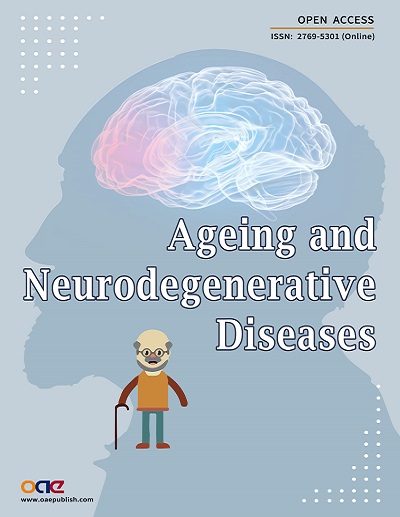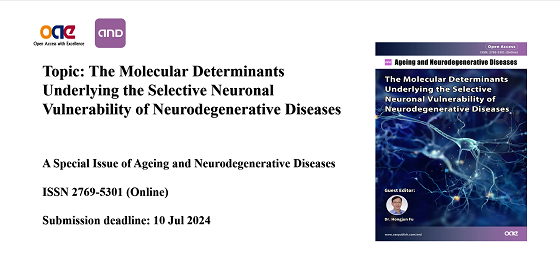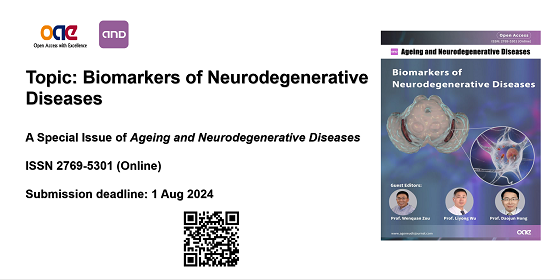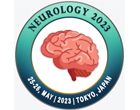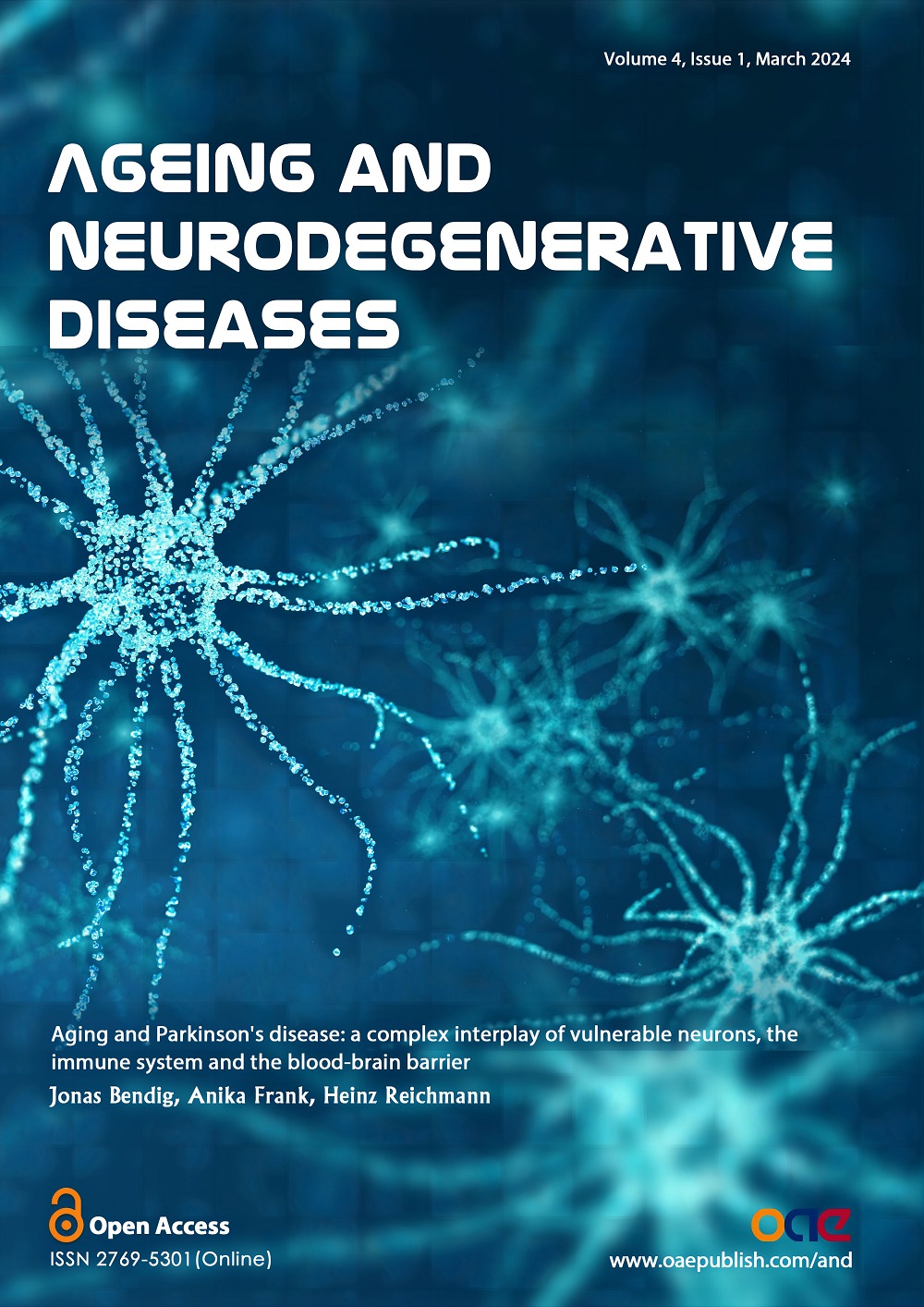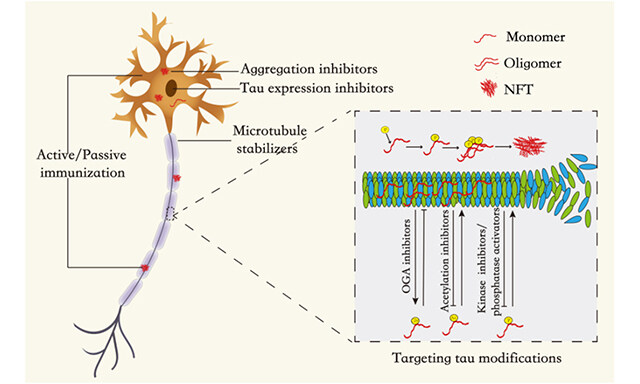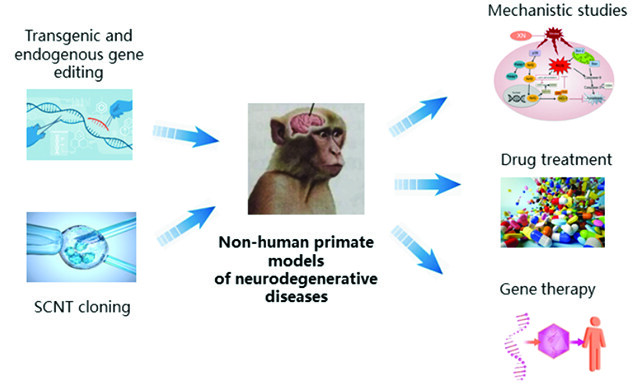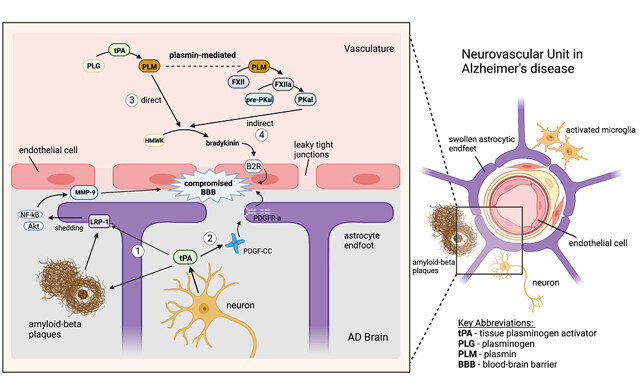Ageing and Neurodegenerative Diseases

Editor-in-Chief: Weidong Le
Vice Dean of Medical School, Professor & Director of Neurology Department & Institute Sichuan Academy of Medical Science-Sichuan Provincial Hospital
NaN
Views: Downloads:
Views: Downloads:
Views: Downloads:
Views: Downloads:
Views: Downloads:
Views: Downloads:
Views: Downloads:
Views: Downloads:
Data
242
Authors
210
Reviewers
2021
Published Since
91,074
Article Views
36,250
Article Downloads
For Reviewers
For Readers
Add your e-mail address to receive forthcoming Issues of this journal:
Themed Collections
Related Journals

Editor-in-Chief: Weidong Le
Vice Dean of Medical School, Professor & Director of Neurology Department & Institute Sichuan Academy of Medical Science-Sichuan Provincial Hospital
NaN
Related Journals
Data
242
Authors
210
Reviewers
2021
Published Since
91,074
Article Views
36,250
Article Downloads

